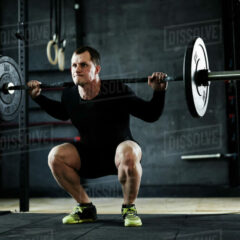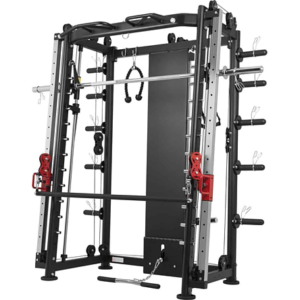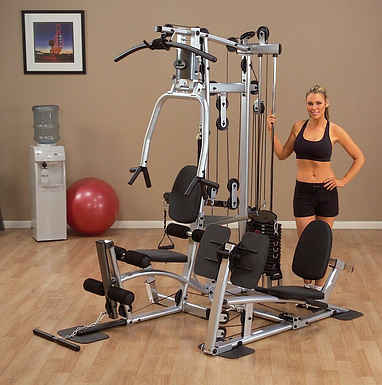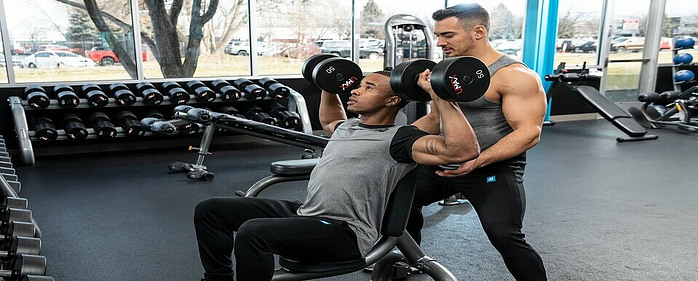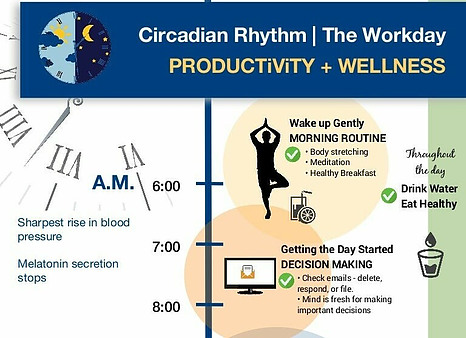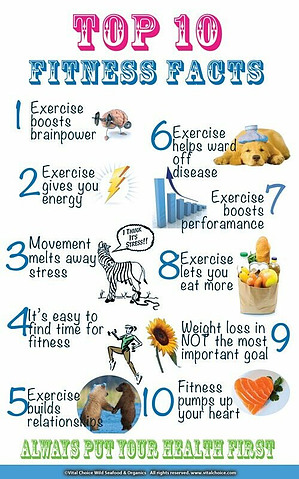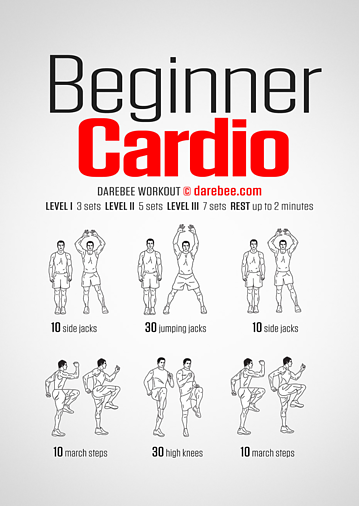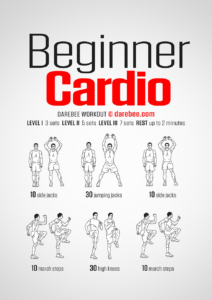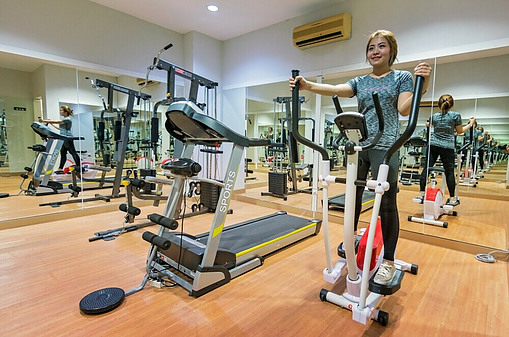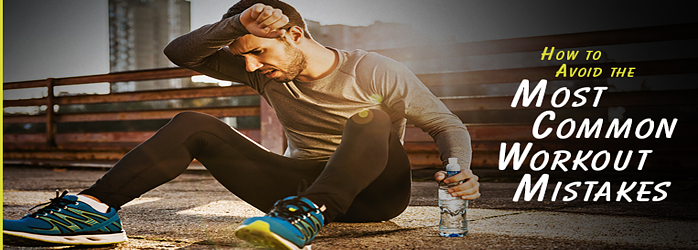https://weightliftingforpower.com/10-Essential-Strength-Training-Exercises-For-Beginners/exercise-for-strength/admin/
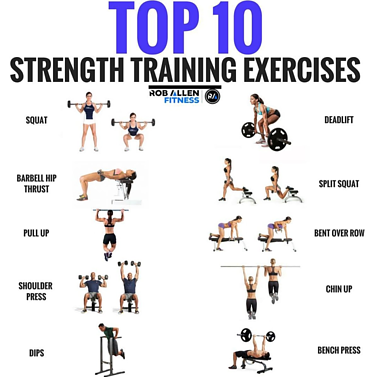
Strength training is not just for bodybuilders. It is a critical component of fitness that benefits people at all health and fitness levels, including beginners like you. At its core, strength training involves exercises that build muscle, improve balance, and increase endurance.
If you’re new to this, you might find lifting weights intimidating or worrying about getting hurt. You’re not alone. Many beginners share these concerns, but with proper guidance and technique, the injury risk and the benefits are substantial.
Incorporating resistance exercises into one’s workout regimen can enhance their capacity to perform everyday tasks, such as lifting groceries and ascending stairs. It’s about functional strength, which supports your joints and aids in everyday movement.
It’s all about mastering the proper form to keep you safe and make your efforts count. Trust me, the last thing you want is to sideline your fitness goals with an injury from incorrect lifting.
Getting Started: Equipment and Space You’ll Need
I remember how overwhelming it felt when I decided to kick off my strength training journey. Deciding on the right equipment without breaking the bank is a common hurdle. I’ll help you navigate this.

First, you don’t need a fancy gym membership or expensive gear. “Keeping a pair of dumbbells and resistance bands handy can be extremely beneficial as they are versatile and effective equipment for various exercises.” They can assist across all basic exercises, and they’re relatively inexpensive.
Your workout space doesn’t need to be huge. A small, precise area in a living room or garage is sufficient. Prioritize a non-slip surface and enough room for a yoga mat, ensuring a safe work environment.
Regarding guidance, while personal trainers are great, there are other options. Numerous free and paid apps and online videos can effectively guide your form and routine. What matters most is that the instructions are clear, and you feel comfortable with the pace.
Remember, strength training isn’t a sprint; it’s a marathon. Set yourself up for success by keeping goals realistic. Concrete objectives like ‘master the form of basic exercises in six weeks’ are more effective than vague goals like ‘get strong.’
This approach sets a solid foundation to move into the heart of your strength training: your routine. With your equipment ready and a safe space set up, let’s review the essential exercises that will form the backbone of your strength regimen.
The Beginner’s Routine: 10 Essential Exercises
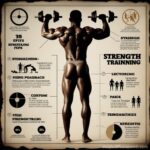
If you’re new to strength training, these ten exercises serve as the pillars of a solid foundation. Mastering these movements paves the way for more complex routines. Each targets different muscle groups, ensuring a balanced workout.

Squats strengthen your lower body, touching your quads, hamstrings, and glutes. They mimic a fundamental human movement: sitting down and standing up. Start without weights to focus on form, then gradually add resistance.
“Performing ten push-ups is an essential workout for developing strength in the upper body. They help you develop not just your chest but also your shoulders, triceps, and core as stabilizers. Begin with your knees on the ground if a full push-up isn’t accessible yet.
Deadlifts are the powerhouse for posterior chain development, including muscles on your body’s backside. They’re essential for functional strength but require attention to form to avoid injury. Start with light weights or even a broomstick to nail the mechanics.
“Planks improve your posture and support for other lifts. Practice planks by holding the position for as long as you can maintain proper form, then work to increase that time.
Lunges train not only strength but also balance and coordination. They target your quadriceps, glutes, and hamstrings. Alternate legs to ensure both sides work equally and keep your upright posture throughout the movement.
Bent-over rows are a fantastic way to build muscular back and biceps. They also engage your core as you maintain the bent-over position. Ensure your back remains straight to protect your spine as you pull weights towards your torso.
Dumbbell Press focuses on your shoulders and triceps while sitting or standing. Keep a controlled tempo and steady breathing. As a compound movement, it helps develop upper body press strength that translates to everyday activities.
Bicep Curls are focused primarily on arm muscles, specifically the biceps. Be mindful to hinge at the elbows, not the shoulders. Avoid swinging the weights; control is vital.
Tricep Dips work the muscles on the back of your upper arm. Your body weight can be enough resistance when you’re starting. Focus on lowering and lifting yourself using your arms for ten reps.
Calf Raises might seem simple, but they’re vital for lower leg strength, affecting balance and agility. Start by practicing the exercise on a flat surface, then progress to a raised platform with only your toes touching to increase your range of motion.
You may wonder what’s next after setting these exercises into your routine. Let’s look at how you can sustain your efforts and continue to see improvements.
Sustainability and Progress: Next Steps After Mastering the Basics

You’ve taken the first striking strides into the world of strength training. Many beginners’ enthusiasm wanes after initial success, but it’s vital to keep moving forward.
Rest is not the enemy of progress – it’s a fundamental partner in your strength training journey. Knowing when to push harder and take a step back requires listening to your body and responding to its needs. Please pay attention to this delicate balance; it’s often the make-or-break factor in achieving long-term success.
Adding new exercises or upping the complexity injects fresh challenges that can catalyze further gains. Research, seek advice, and trust yourself to experiment with modifications that align with your growing capabilities.

The engine of your progress is different from what happens on the gym floor. Nutrition and adequate hydration amplify the effects of your training. Paying attention to what fuels you can make a substantial difference in recovery times, energy levels, and even the mental toughness required to tackle challenging workouts.
I’ll leave you with this: strength training is a study in self-improvement that goes beyond the physical. It teaches discipline, patience, and adaptability. Keep learning, keep challenging yourself, and above all, keep committed to the path you’ve started on. The strength you build will serve you in more ways than you can imagine.
https://www.wealthyaffiliate.com?a_aid=352a86b2


